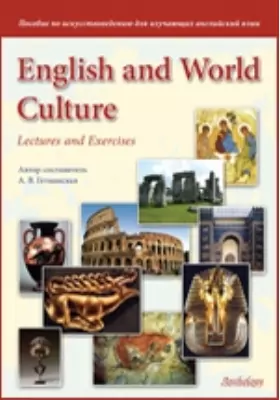English and World Culture. Lectures and Exercises . Пособие по искусствоведению для изучающих английский язык
Место издания: Санкт-Петербург
ISBN: 978-5-94962-228-5
Страниц: 192
Артикул: 58159
Краткая аннотация книги "English and World Culture. Lectures and Exercises"
Учебное пособие разработано с целью обучения искусствоведческому аспекту мировой художественной культуры и расширению англоязычного словаря на базе культуроведчески насыщенных аутентичных текстов. В учебном пособии прослеживается развитие искусств разных стран и народов от древнейших времен до Средних веков. Особое внимание уделяется описанию шедевров мирового искусства: всемирно известных памятников архитектуры, скульптуры и живописи. Искусствоведческие тексты сопровождаются упражнениями, направленными на стандартизацию и вариативное употребление культурно-маркированной лексики. Учебное пособие рассчитано на студентов вузов, обучающихся на искусствоведческих, художественных и культурологических факультетах, для студентов отделения методики преподавания иностранных языков и культур филологического, исторического факультетов, а также может быть использовано в художественных колледжах, гуманитарных гимназиях и лицеях.
Содержание книги "English and World Culture. Lectures and Exercises"
Введение
Unit I. Introduction Lecture 1. What is Art?
Unit II. The Art of Prehistoric Man
Lecture 2. The Old Stone Age
Lecture 3. The New Stone Age
Lecture 4. Primitive Art
Unit III. Egyptian Art
Lecture 5. The Old Kingdom
Lecture 6. Funerary Districts
Lecture 7. The Middle Kingdom and the New Kingdom
Unit IV. The Ancient Near East
Lecture 8. Sumerian Art
Lecture 9. Akkadian Art
Lecture 10. Assyrian Art
Lecture 11. Persian Art
Unit V. Aegean Art
Lecture 12. The Civilization of the Mediterranean
Unit VI. Greek Art
Lecture 13. Archaic Art
Lecture 14. Architecture
Lecture 15. Classical Sculpture and Painting
Lecture 16. Sculpture of the Fourth Century
Unit VII. Etruscan Civilization
Lecture 17. Etruscan Art
Unit VIII. Roman Art
Lecture 18. Architecture
Lecture 19. Sculpture
Lecture 20. Painting
Unit IX. Early Christian Art
Lecture 21. Architecture
Lecture 22. Painting. Mosaic. Sculpture
Unit X. Byzantine Art
Lecture 23. First Golden Age
Lecture 24. Second Golden Age
Glossary
Список использованной литературы
Все отзывы о книге English and World Culture. Lectures and Exercises . Пособие по искусствоведению для изучающих английский язык
Отрывок из книги English and World Culture. Lectures and Exercises . Пособие по искусствоведению для изучающих английский язык
30VI. Enrich your vocabulary by useful expressions and idioms.a) Translate into Russian and remember.1.cultural heritage;2.to be admired throughout the world;3.to have painted tribal patterns;4.to be realistic in modeling;5.a work of art;6.at first glance;7.to have an actual portrait resemblance;8.to be unique and irreplaceable.b) Complete the sentences with the expressions given above (in point a).1. Each head of the rulers from Nigeria … . 2. The sculptured skulls from the SepicRiver …. 3. It’s hard to call the craggy giant guardians from Easter Island … . 4. … of our ancestors has enriched our own. 5. Sorry to say, but … the primitive artmight seem to be repulsive.VII. Fill in the correct preposition; then choose any three and make sentences.carved … volcanic rock; to emerge from … the head; to line up … raised platforms;it’s hard … us to think; the seashells were used … eyes; carvings produced … thatarea; painted tribal patterns … the faces; to be admired … the world; the portraitheads excavated … Ife.VIII. Match the words to their definitions.worshipcustomethnologyfolklorespirit beliefarchaeologyreligion1) the science of the origin, history, customs etc. of peoples; 2) the study of pastcultures through their surviving relics; 3) a system of faith in and worship of adeity; 4) the old traditions, beliefs, legends and superstitions of people; 5) paydivine honours to God, a sacred personage or a sacred object; 6) the immaterial,intellectual or moral part of a man; 7) something thought as a part of religion; 8) usual and generally accepted behaviour among members of a social group.IX. Choose the correct item.1. Ancestor … (art, worship, life) is the most persistent feature of primitivereligions. 2. The back of the heads from Easter Island is suppressed … (tightly,whole, entirely). 3. The masters from the Sepic River used … (seashells, stones,hair) for eyes. 4. The wood carvings of … (patriarchal, ancestress, ancestral)Unit II. THE ART OF PREHISTORIC MAN
С книгой "English and World Culture. Lectures and Exercises" читают
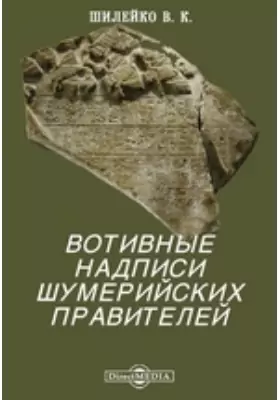
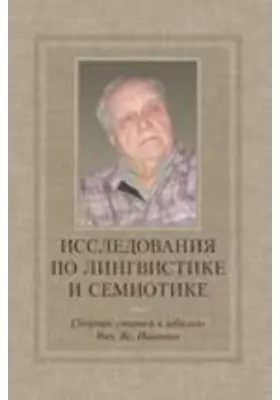
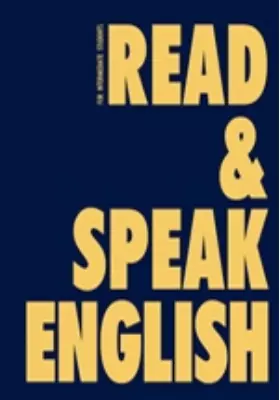
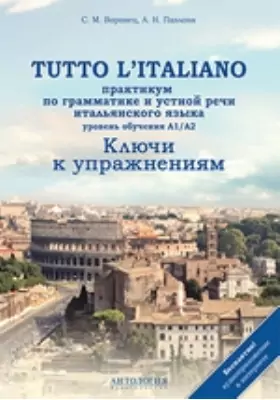
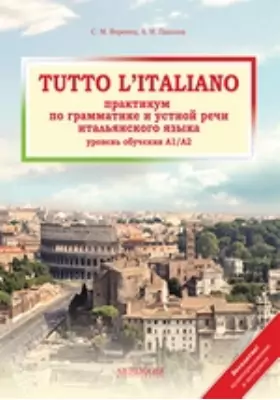
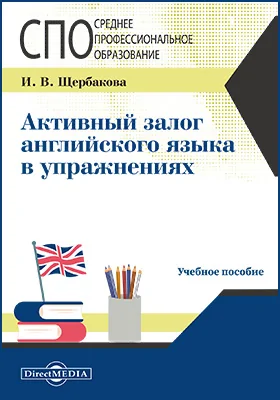

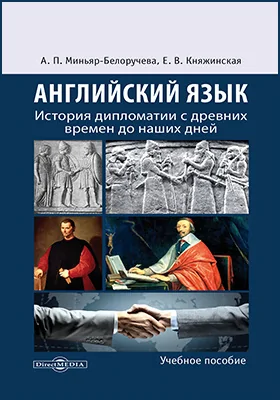
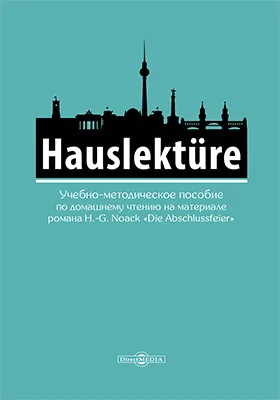

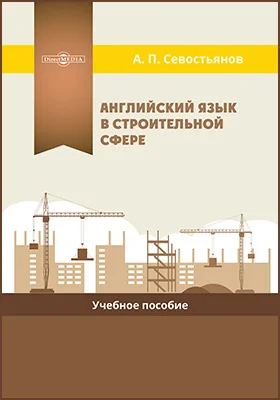
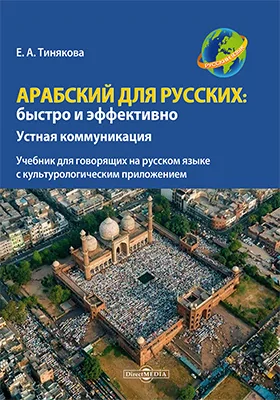
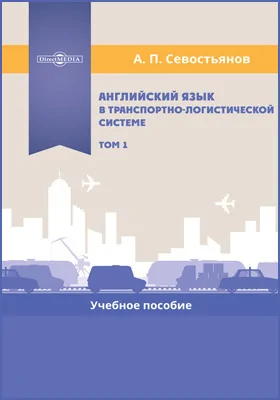
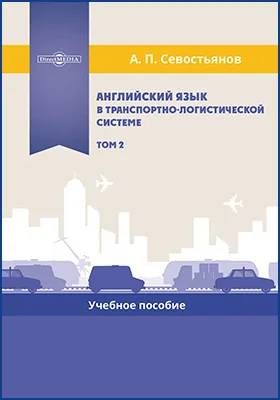
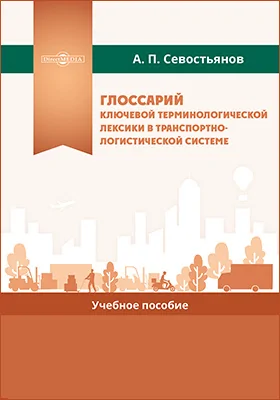
Бестселлеры нон-фикшн
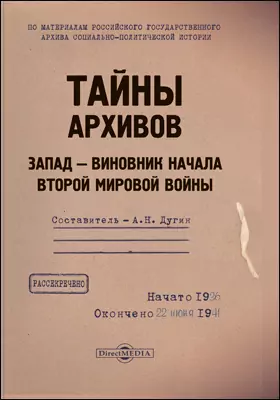

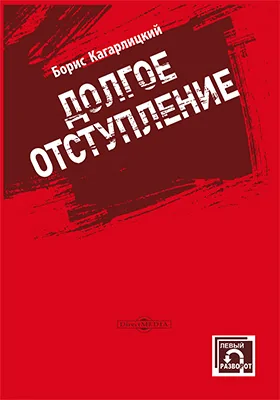
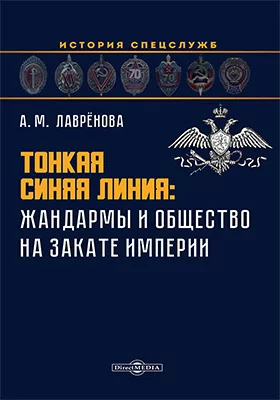
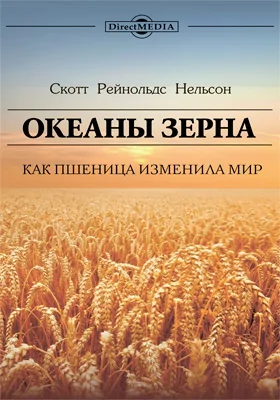
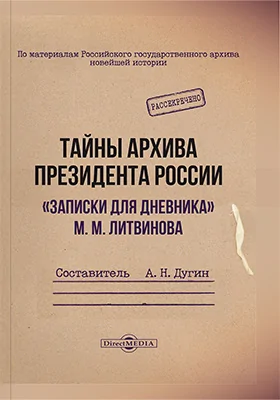
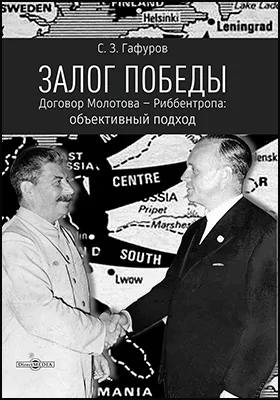
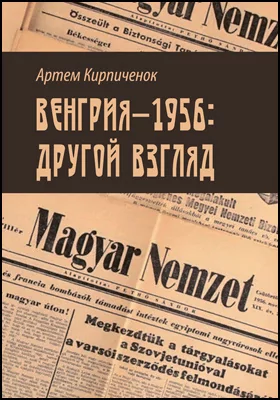
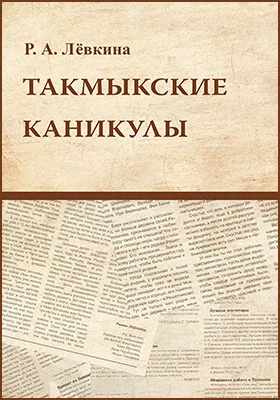
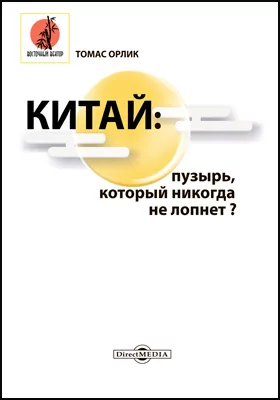

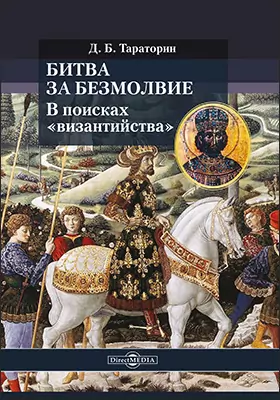
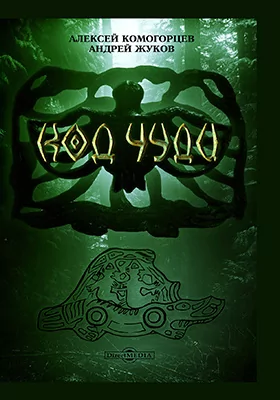
Новинки книги нон-фикшн
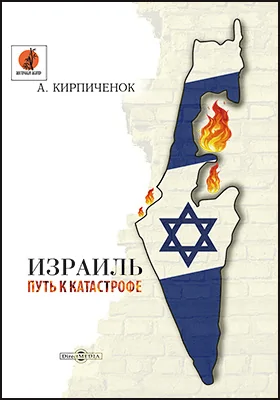
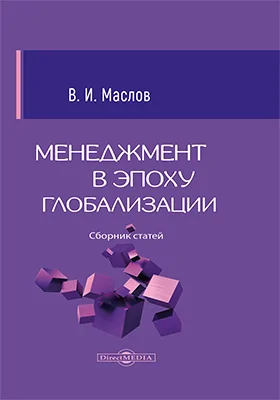
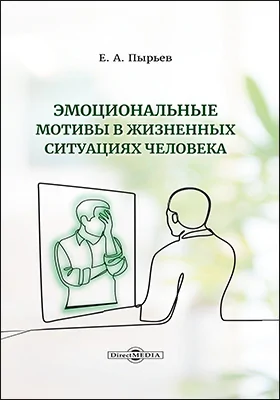
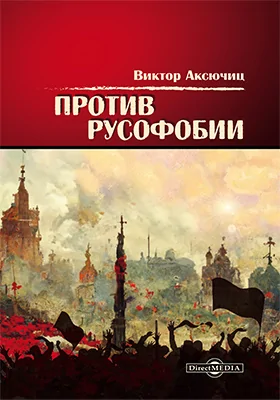
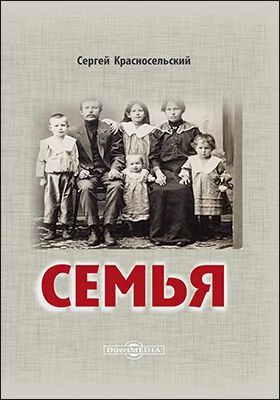
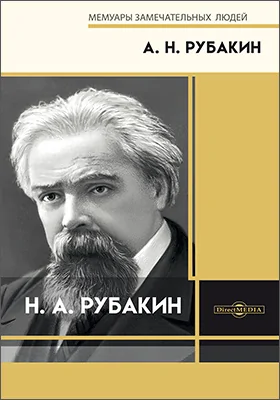
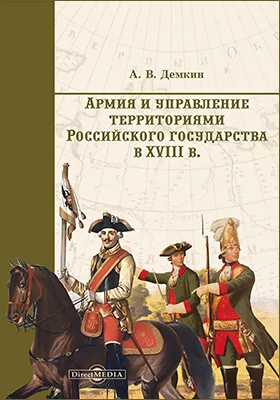

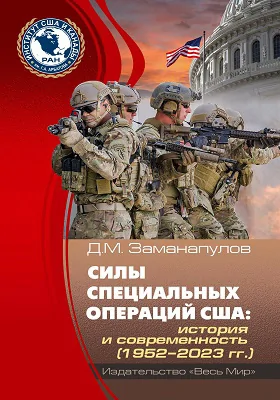
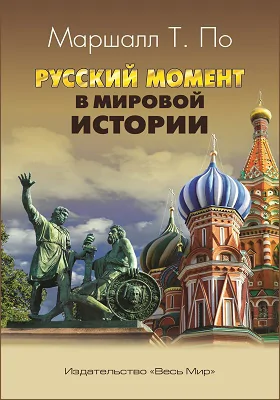
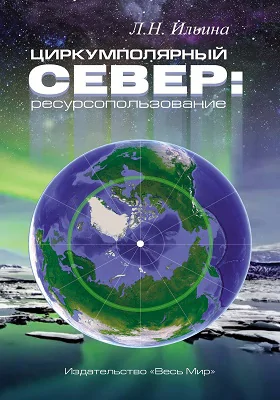
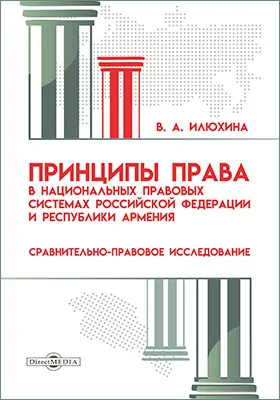
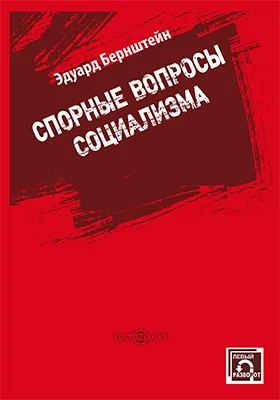
и мы свяжемся с вами в течение 15 минут
за оставленную заявку

